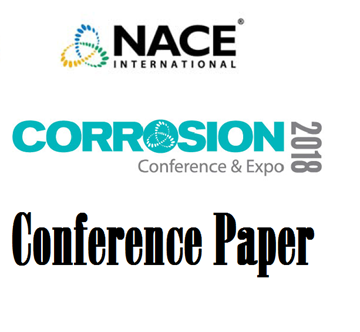Search
Pipelines, Tanks, and Underground Systems
View as
Sort by
Display
per page
51318-10845-Droplet Corrosion on CO2 Transport Pipeline Steels
Product Number:
51318-10845-SG
Publication Date:
2018
$20.00
51318-10857-Corrosion Rate Study on Cathodically Protected and Unprotected Pipeline's by Manipulating Soil Conditions
Product Number:
51318-10857-SG
Publication Date:
2018
$20.00
51318-10858-Experimental Setup to Study the Effect of Pulse Width Modulated Signal on ICCP System
Product Number:
51318-10858-SG
Publication Date:
2018
$20.00
51318-10869-Failure Analysis for a Piggable Pipeline Through ICDA Methodology
Product Number:
51318-10869-SG
Publication Date:
2018
$20.00
51318-10900-Cathodic Protection Design Considerations in Congested Area Facilities
Product Number:
51318-10900-SG
Publication Date:
2018
$20.00
51318-10913-Inductive Interference from HVDC Transmission Lines on Close Proximity Pipeline Segments
Product Number:
51318-10913-SG
Publication Date:
2018
$20.00
51318-10914-Comparison of Cathodic Disbondment Test Methods for Water Infrastructure Coatings
Product Number:
51318-10914-SG
Publication Date:
2018
$20.00
51318-10952-The role of mechanistic modeling in corrosion management strategy for buried pipelines
Product Number:
51318-10952-SG
Publication Date:
2018
$20.00
51318-10965-Evaluation of Corrosion Inhibitor Functionality on the Mitigation of Preferential Weld Corrosion
Product Number:
51318-10965-SG
Publication Date:
2018
$20.00
51318-10975-Embedded Condition Monitoring System for Tank Coatings
Product Number:
51318-10975-SG
Publication Date:
2018
$20.00
51318-10982-Analyzing Pig Returns from a Subsea Pipeline for MIC: Sampling and Testing Challenges
Product Number:
51318-10982-SG
Publication Date:
2018
$20.00
51318-10992-AST Corrosion Control and Monitoring with VCI Applications
Product Number:
51318-10992-SG
Publication Date:
2018
$20.00












